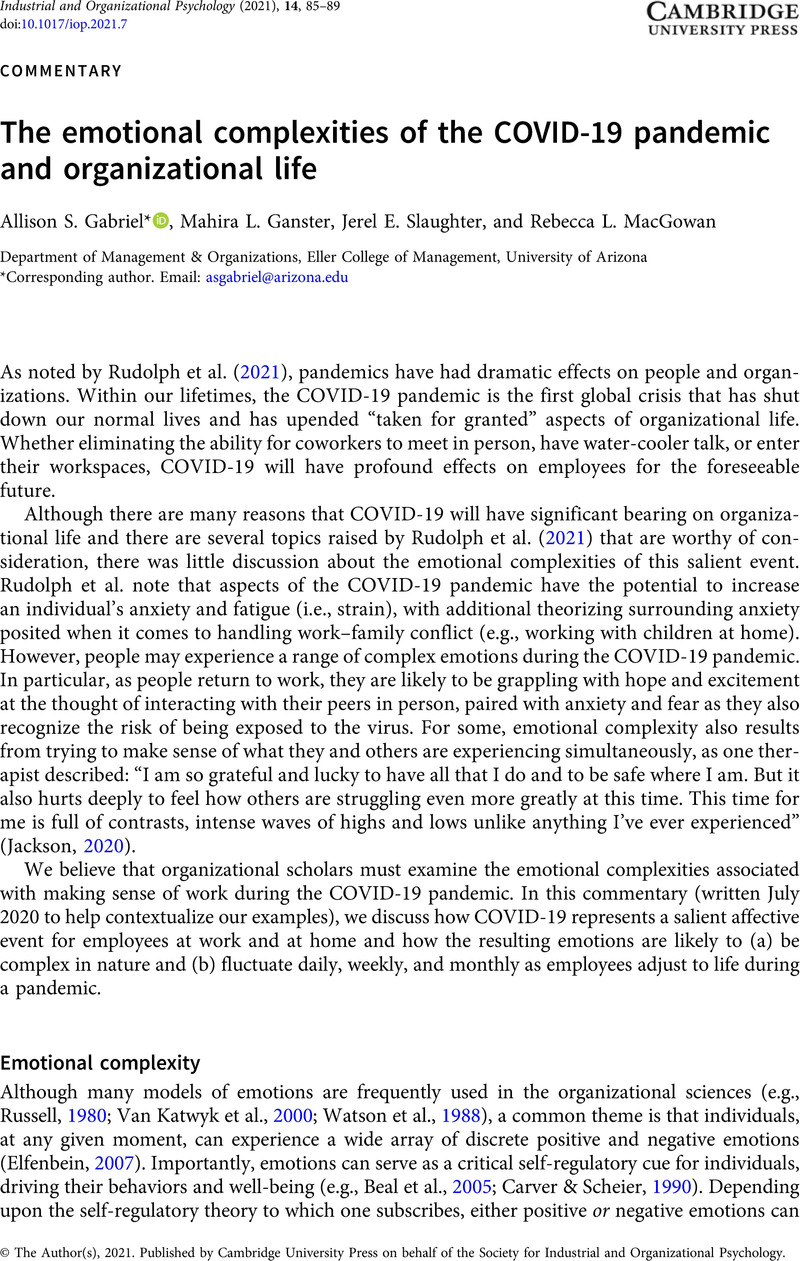Crossref Citations
This article has been cited by the following publications. This list is generated based on data provided by Crossref.
Gonzalez Diaz, Carlos
Tang, John
Sarkar, Advait
and
Rintel, Sean
2022.
Making Space for Social Time: Supporting Conversational Transitions Before, During, and After Video Meetings.
p.
1.
Barboza-Wilkes, Cynthia
Gonzalez, Esther
Resh, William
and
Wong, Stephanie
2024.
The Emotional Toll of the COVID-19 Crisis on Local Government Workers.
Review of Public Personnel Administration,
Vol. 44,
Issue. 1,
p.
60.





